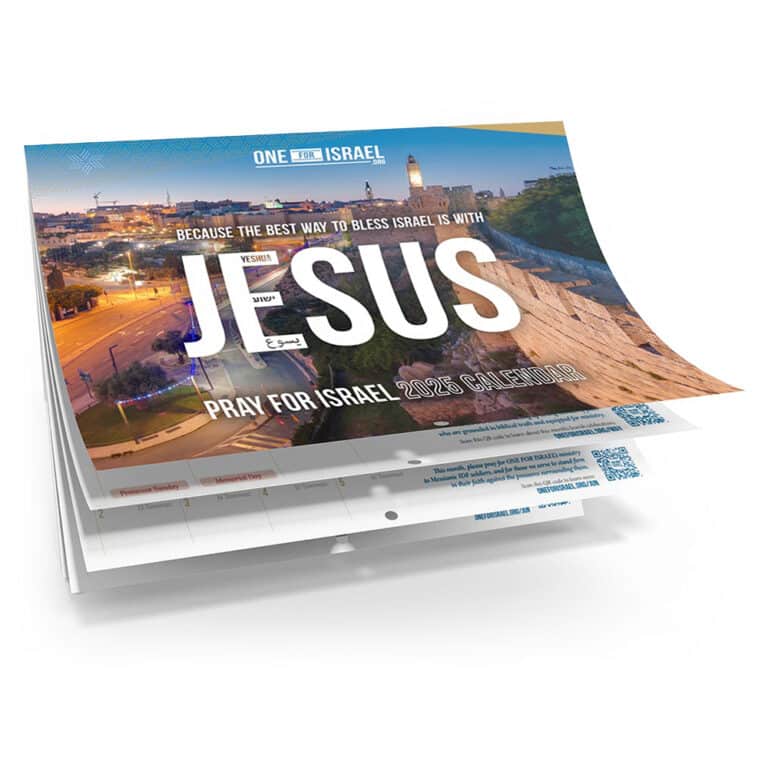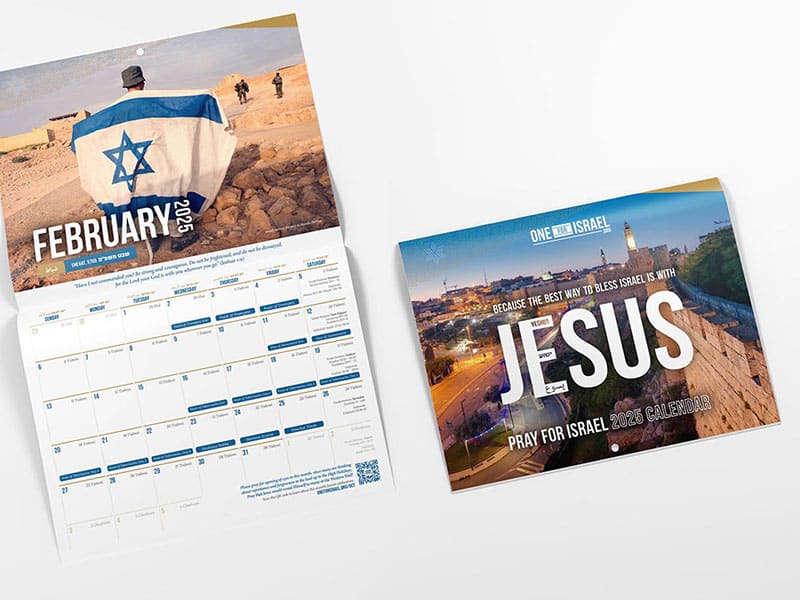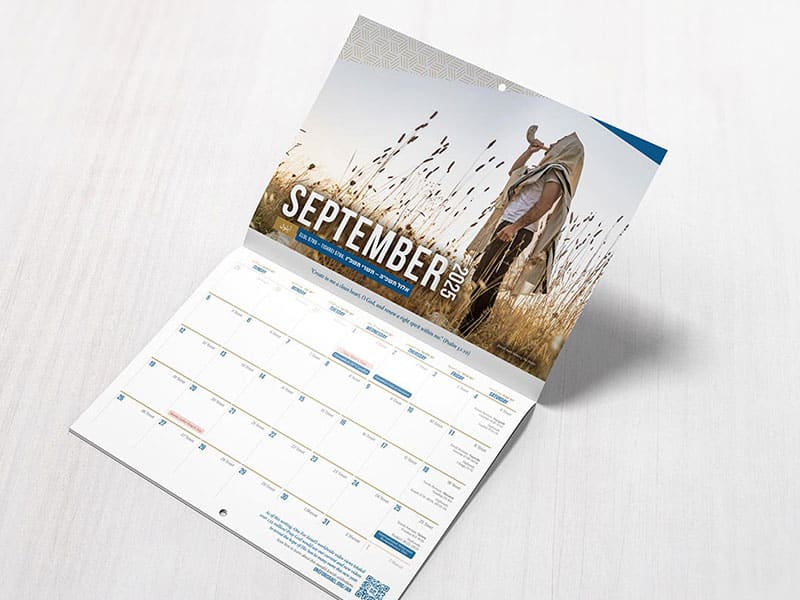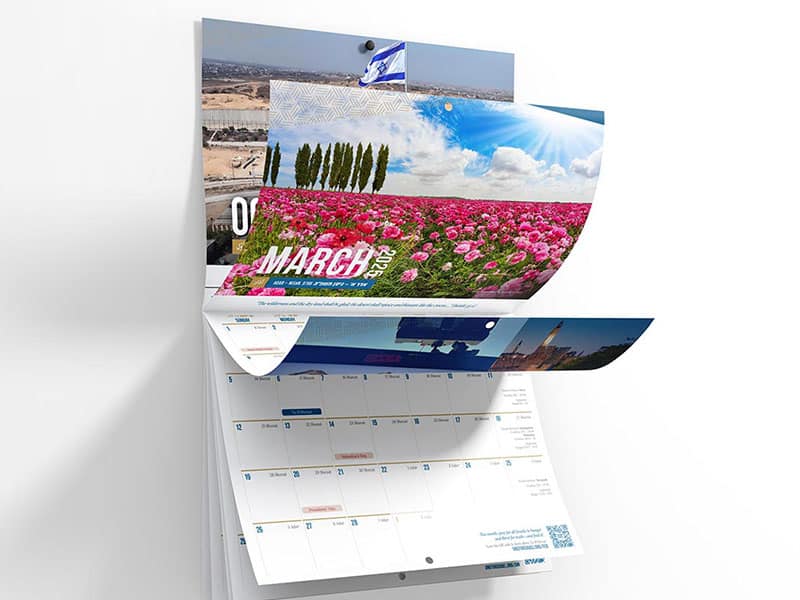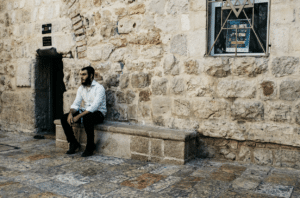Guest blog by Greg Denham
Communion has been called “The Grand Central Station of the Christian Faith”. It’s commonly known as “the Lord’s Supper” or “Eucharist”. Unleavened matzah bread is broken and eaten, striped and pierced symbolic of the Lord’s sinless body, and a symbolic cup is received. Jesus described the cup in this way:
“My blood of the new covenant, which is shed for many for the remission of sins.” (Matt. 26:28)
In church history it has been identified both as an ordinance that Jesus called to be repeated on an ongoing basis (“Do this in remembrance of Me” Luke 22:19), as well as a sacrament which carries the idea of a special blessing, sanctification and proclamation of the Lord’s return.
But context of communion matters!
Context is essential to provide clarity to this “Grand Central Station of the Christian Faith” especially because communion is the central act of worship in the church. But it just so happens that the context of communion is more often what is missing.
When Jesus for example said, “Do this in remembrance of me”, what is the “this” in context?
The Passover Meal was the Context
At the time the disciples were having a ceremonial meal in the evening at the beginning of Passover, Nisan 14 on the Biblical Calendar. The meal was a kind of reenactment of the Passover story that commemorated when the Children of Israel were delivered out of enslavement in Egypt. The story of when God’s judgment passed over homes in Egypt marked by lambs’ blood. But certainly the “this” was not merely an ambiguous “last supper” prior to the crucifixion as it is often referred to.
Earlier Jesus had said:
“With fervent desire I have desired to eat this Passover with you before I suffer …”
The “fervent desire” speaks of intense passion of body, soul and mind in the moment, telling us that Jesus is totally present. It would be in this context of a Passover Seder that Jesus would reveal the greatest revelation.
He would break bread but not any ordinary bread.
The Passover and Exodus is being remembered. The bread is unleavened. It is known as the “bread of affliction”.
It has to be striped and pierced and holding it would remind you of the sobering cost of the price of redemption and new beginning. It is in this context that Jesus says,
“This is My body which is given for you; do this in remembrance of Me.”
Luke 22:20 identifies that then Jesus took a third cup in the Passover meal known as the Cup of Redemption or Deliverance (that aligns with Paul’s description “He took the cup after supper”). The third cup was filled with the red color of the fruit of the vine which represented the Passover lamb. But in this context Jesus identified Himself as the ultimate Lamb of God sacrificed for our redemption saying,
“This cup is the new covenant in My blood, which is shed for you.”
More in Store for the Age to Come!
Jesus then said,
“Assuredly, I say to you, I will no longer drink of the fruit of the vine until that day when I drink it new in the kingdom of God.” (Mark 12:25)
It was another way of saying that at His second coming, when He sits on the throne of David in Jerusalem to establish the Kingdom of God on planet earth, the “Jesus and Passover connection” would continue. God’s divine redemption plan will again be celebrated, but this time in its completion!
The context of communion reveals a day like no other. It was “the day of preparation for the Passover” (John 19:14) , the Friday of Passover. This means the meal took place Thursday evening, the beginning of Nisan 14, since in Jewish tradition, the day begins when the sun goes down the night before. In the morning, that same day at 9:00 am (by Jewish reckoning still the fourteenth) Jesus would be on the cross shedding His blood inaugurating the New Covenant as John the Baptist foresaw:
“Behold the Lamb of God that takes away the sins of the world!” (John 1:29)
Or as Paul penned,
“For indeed Christ, our Passover, was sacrificed for us.” (1 Corinthians 5:7)
You can see why it would be of no surprise that historical sources report second-century churches in Paul’s region would celebrate Passover and Messiah’s crucifixion on the fourteenth of Nisan.1
Context matters! We need to fight for it! To create the space for it in our thinking! A simple adjustment in our thinking regarding the context of that day. The context of the meal. The context that Jesus revealed how the New Covenant would be inaugurated in His blood on the cross, allowing us to experience afresh the passion and purpose of the genius plan of our heavenly Father in His Son. It can even play a role in course-correcting history!
Grasping the true context of Passover affects our experience of communion
Below are some examples of how context can impact our understanding of communion:
- The historical Passover in Egypt on Nisan 14 was a preview and prophecy of a greater Exodus from the enslavement of sin that would impact the entire world when Jesus would give His life on the Cross Nisan 14 the lamb of God who takes away the sins of the world.
- When Jesus said “Do THIS in remembrance of me …” He was linking the plan of the Heavenly Father in eternity past through Israel and the Messiah of Israel into eternity future. As Paul said, “You proclaim the Lord’s death till He comes!” (1 Corinthians 11:26)
- The New Covenant of Jeremiah 31 that Jesus said He was inaugurating by His blood on the cross was actually a covenant that God made with Israel, and into which the world is invited through the Messiah. In this covenant the Lord purposed that the church would find its roots. While Jesus focussed on the personal aspects of the New Covenant it also describes the future national salvation of Israel (Jeremiah 31:31-37). On this great future day God will take the Law from the stone tablets and write it on the hearts and minds of the children of Israel. The New Covenant that Jesus is offering to you and me now is not national but personal and is available to both Jews and Gentiles.
- The context reveals that there was a terrible turn in church history when the Emperor Constantine at the Council of Nicea 325 outlawed the celebration of the death, burial and resurrection of Jesus in the context in which it took place – the Biblical calendar date of Nisan 14, the day of historic Passover – and in so doing removed it from its Biblical foundation. Instead, he required all churches to observe Easter! Celebrating communion in its context, therefore, helps correct Constantine’s corruption.
- The context of communion helps to equip the church in the work of evangelism to “provoke Jewish friends to jealousy”. It helps our Jewish friends see that the heart of faith in Jesus is rooted in the unfolding plan of the Lord God of Israel and that following Jesus the Messiah is not a “new religion”!
1. See “Messiah and The Passover” Bock/Glaser, Kregel Publications chapter 6 “Passover and the Lord’s Supper” pg. 99-109 by Brian Crawford. Eusebius, Ecclesiastical History, 5.23 (Nicene and Post-Nicene Father, Series 2 1:241-42) and Polycrates’ letter to Victor in Eusebius, Ecclesiastical History, 5.24 (Nicene and Post-Nicene Father, Series 2 1:242-44). He identifies the Apostles Philip and John as the originators of the Passover observance in Asia Minor, and then identifies six others, including himself, who have retained that practice until Polycrates’ own day.”

